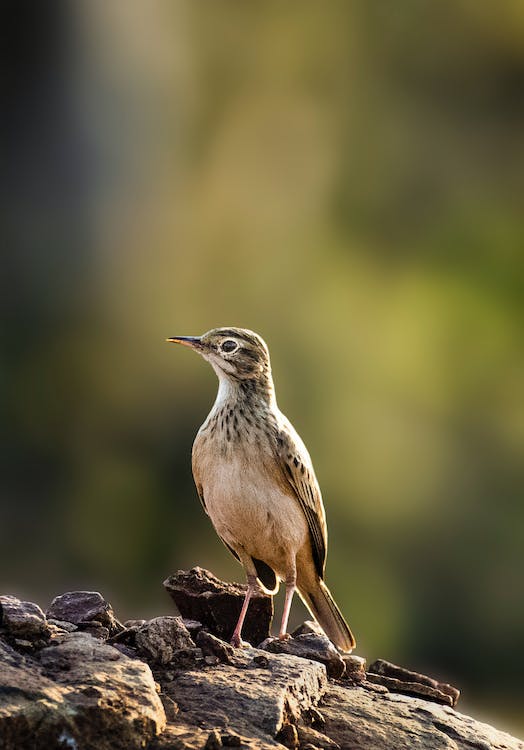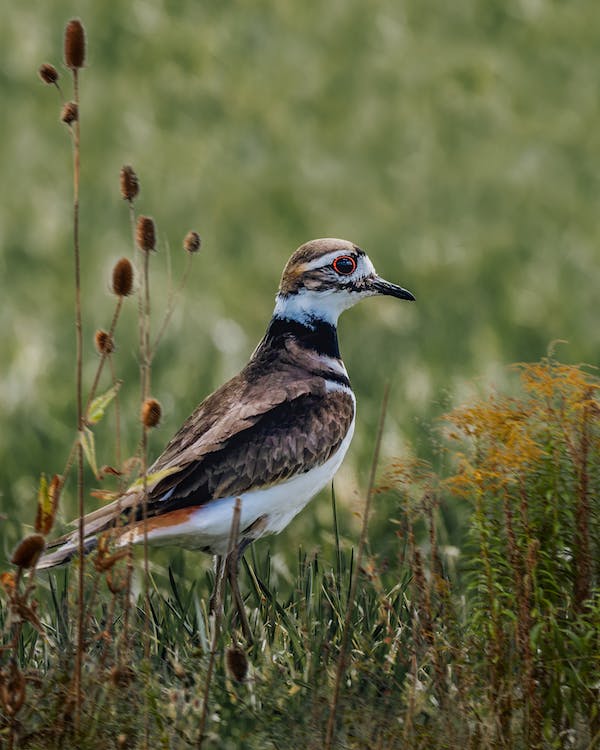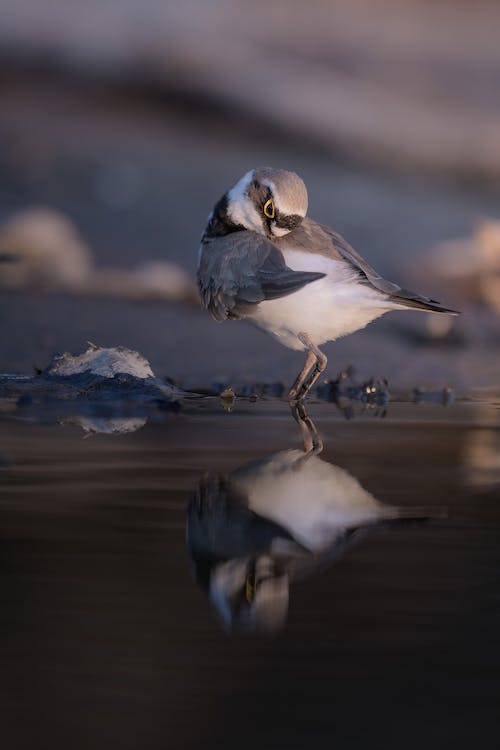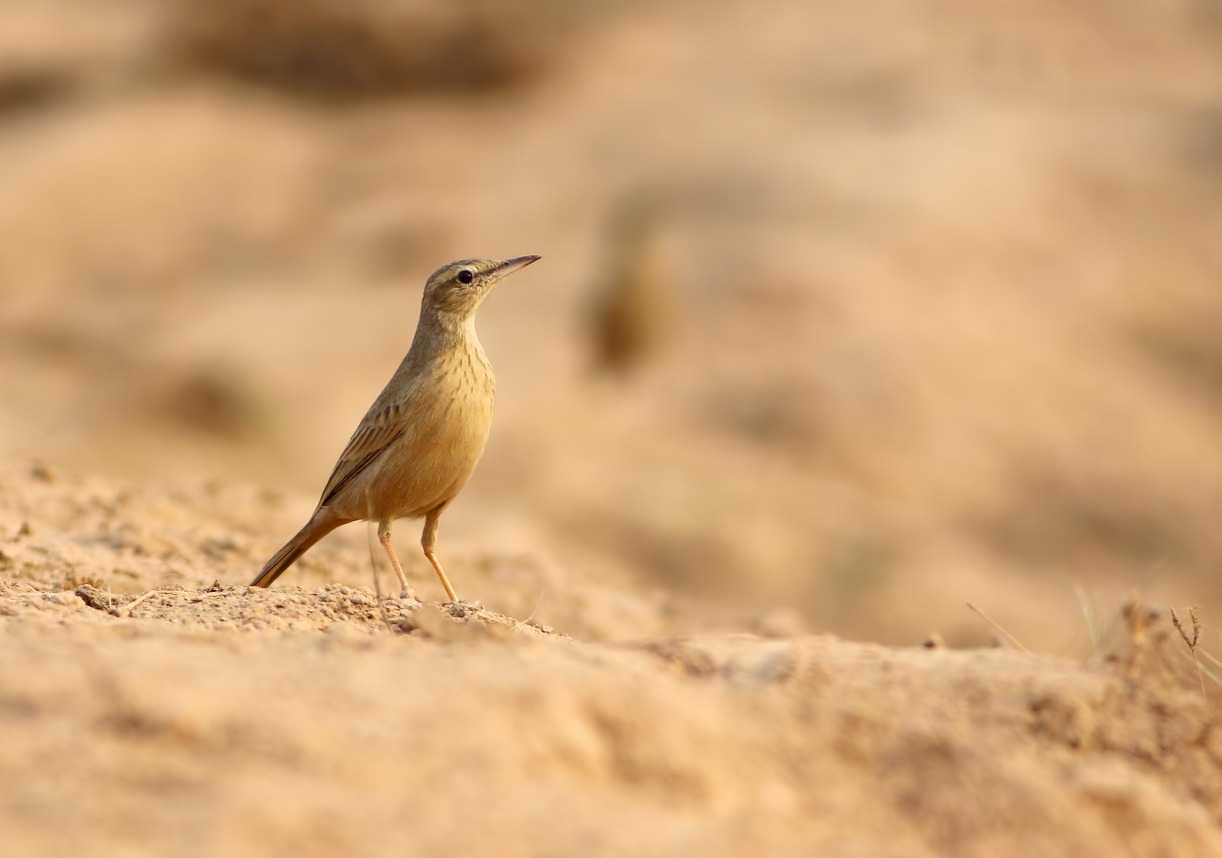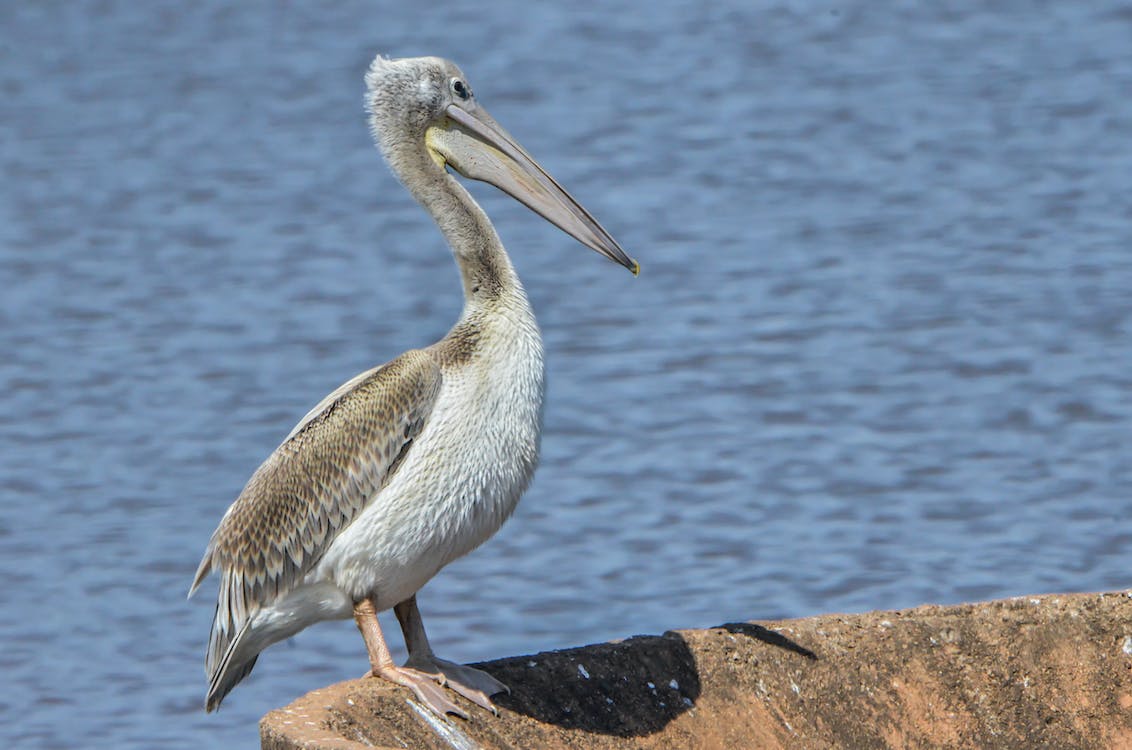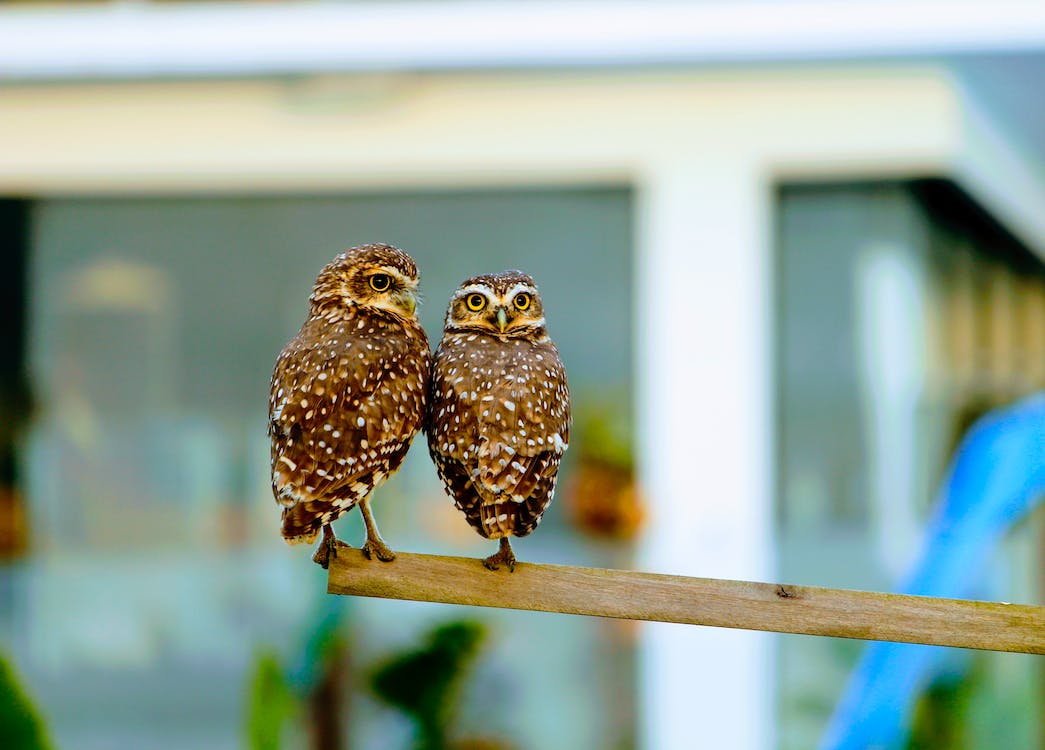Flappet Lark (Mirafra rufocinnamomea)
It is a small, stubby lark, with a barred head, short bill, and scalloped tips on its wing feathers, producing a scaly appearance on its back. Pairs can often be seen in open woodlands, grassy savannas, drainage lines, and clearings, running slyly while catching insects in shrubs and grass tufts. The adult … Read more

